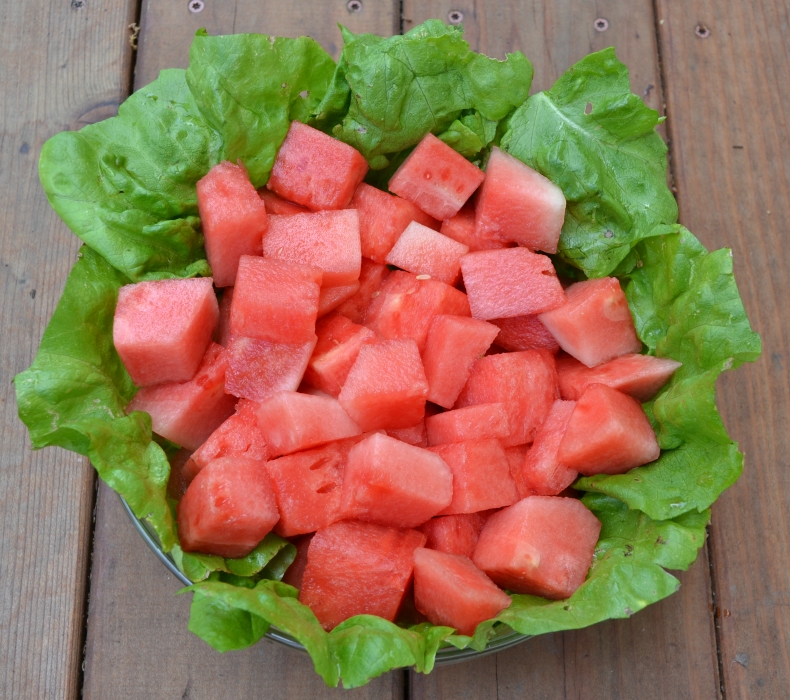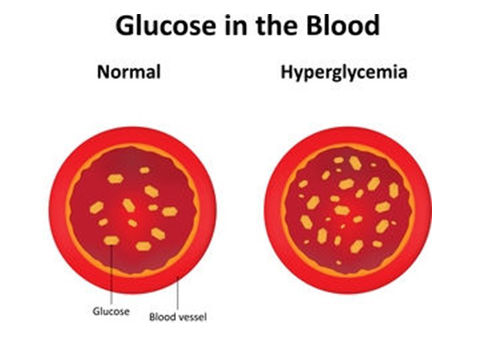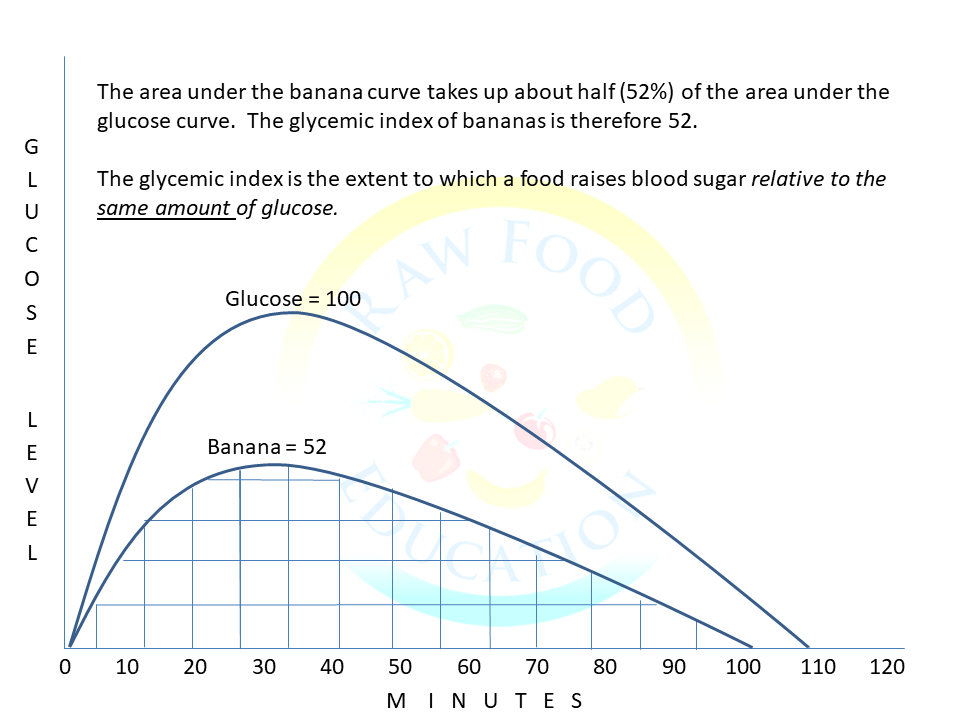
While living in my college dorm during the winter of my junior year, I alarmed my friends, family, co-workers, and dorm mates by fasting on exclusively water for 14 days. I absolutely, positively, do not recommend fasting in this context, but at that time I was young, adventurous, motivated, and admittedly a bit reckless. As it turns out, it was one of the most extraordinary experiences of my life. In addition to so many other incredible and some unexpected benefits, my seasonal allergies that burdened a great deal of my childhood and adolescence up until that point in my life diminished by about 90%, which was absolutely amazing to me in addition to being a great relief.
Ten years later, after completing my doctorate degree, I became a staff doctor at the True North Health Center, a medically supervised, multi-disciplinary, water-only fasting facility in Northern California. During my four years there I had the opportunity to be involved in the care of nearly 1,000 fasting patients. I saw so many extraordinary healing experiences, including many that made my personal fasting experience look rather unremarkable by comparison!
I love speaking and teaching about ketosis, gluconeogenesis, autophagy, and the many other scientific and academic facets of the fasting experience. The bottom line about how fasting really works though is actually quite simple. Our bodies do have the capacity to heal themselves. When we overburden our body systems with extra calories, especially when those calories are from processed foods and foods that otherwise do not support our health, we undermine our body’s ability to heal itself to its fullest extent. This is extremely common in modern societies, so it’s no surprise that obesity, brain fog, low energy, type II diabetes, hypertension, heart disease, strokes, cancer, autoimmune diseases, etc. are so very common. But when we stop eating and rest, that healing capacity is given the greatest opportunity to express itself most fully, hence all the remarkable experiences that fasting patients have recovering from so many of the aforementioned health challenges and others. Not just occasionally, but from my experience, consistently, routinely, and predictably.
As incredible as fasting is, I’ll state the obvious in that it can only be utilized for relatively short periods of time, and is safest and most effective when under the care of a qualified healthcare provider.
How then do we allow the greatest amount of healing ability when we are eating?
In the 1930’s, Dr. Clive McCay and his research team at Cornell University discovered that when rats were placed on diets with lower calorie intakes than typical diets but still supplied needed nutrients, the rats lived about 33% longer than their normally fed counterparts. Amazing! Fewer calories, extended lifespan! Not only did they live longer, but they were healthier throughout their lifespan as well. Since that time, this has been repeated on many different species, ranging from simple protozoans to monkeys. Every time, every species, the same result. Fewer but adequate calories with nutrient needs met, leads to longer healthier lives.
There is some pretty good evidence that this strategy works well with humans, when we look at the healthiest, long-lived populations on the planet. They all consume fewer calories than is common, from nutrient dense foods. Within the scientific community this strategy is known as “caloric restriction.” I am not a big fan of that term, as “restriction” when it comes to food does not sound the least bit enjoyable. I prefer instead to use the term caloric optimization.

One amazing attribute of fruits and vegetables is that they are super high in nutrient density, while simultaneously being low in calorie density. This means we can eat a generous amount of them to feel full and satisfied, while providing ourselves with an abundance of needed nutrients, and optimizing our calorie intake all at the same time. How cool is that! No feelings of restriction! In fact, in order to obtain the majority of one’s calories from fruits and vegetables, one actually has to increase their food intake. Sometimes eating enough to obtain even an optimal quantity of calories from fruits and vegetables can become a significant challenge. Adding just the right amount of still healthful but more dense foods can often help fill in the gaps.
Another strategy that has become popular in the last decade for decreasing excessive calorie intake, thereby reducing the burden on the body and increasing health, is known as intermittent fasting. This usually takes the form of one of two strategies. The first is eating “normally” for 5 days per week while eating a calorie-restricted diet for two days per week. The other strategy is extending one’s daily “fast” to 16 hours per day each day; in other words, eating all of one’s food within an 8-hour time frame each day.
In the context of people eating conventionally, I love these intermittent fasting strategies. They allow the body to get a break from the calorie-dense foods commonly consumed, to allow it to “clean up” from the excess and be able to do a bit of extra maintenance and healing at the same time. It gives the body a much-needed regular break from the usual burden of overeating, which is of great benefit in so many synergistic areas.
But what about when someone is already optimizing their calorie intake by eating very large quantities of fresh fruits and vegetables, like many fruit and vegetable based raw food enthusiasts do, and then they add one of the intermittent fasting strategies on top of that? This can create a further challenge / hurdle to obtaining an adequate / optimal quantity of calories. I have had several patients and students who have found themselves with this extra challenge in their commendable attempts to be as healthy as possible.
I would rather see someone eat within a 12-hour window and fast for 12 hours per day when their diet is based on fresh fruits and vegetables, as opposed to having them try to get all of their food in within an 8-hour window so they can fast for 16 hours per day. With the latter approach, people can get pretty stressed about eating enough fruits and vegetables to obtain all of their calories within this limited time frame, especially when real life schedules factor in. They may overeat during this eating window, which means they are overburdening their digestive system, thereby putting more stress on their body. Then they will need that 16 hours of fasting per day to recover from the stress of overeating. Without the extra stress, one doesn’t need as long of a recovery period.
Another strategy I’ve seen is adding too much dense food back into one’s diet in order to obtain enough calories within the 8-hour time frame. Again, I would rather see people extend their eating time / shorten their fasting time, to be able to eat lighter, healthier foods more consistently.
Another result I’ve seen is that people can become too lean and sometimes depleted from a lack of calories (and the nutrients that come along with those calories from healthy foods), when both strategies are employed together for extended periods of time. In this case they are not optimizing their calorie intake as they are restricting too much for too long.

Having said that, I have met some who do center their diet around fresh fruits and vegetables AND engage in one of the intermittent fasting strategies, and if that is working well for them on all levels, I do not want to be the one to discourage them. But if this strategy is causing more stress and harm than good, please know it can be quite a challenge for many of us to eat enough fruits and vegetables to get to an optimal calorie intake, and if one needs some extra time to do this, then it’s not a problem in this context. One will have less stress and be less likely to feel the need to overeat or eat foods that are too dense for them to experience their optimal level of health and vitality.
In my opinion, the majority of people who over consume conventional foods could benefit from either of the intermittent fasting strategies discussed earlier that get them closer to an optimum calorie intake and allow their bodies the much-needed periodic breaks. However, when one eats healthy foods that do not cause such undue stress on the body, the periodic breaks do not need to be as long as there is less to recover from in the first place. With these shorter breaks, one usually still comes out ahead with the strategy of giving oneself longer to eat larger amounts of fruits and vegetables, all things considered.
As with all complex, multifactorial processes for which we need to make good decisions, we must consider all factors and how they interact with and affect each other. Taking one consideration out of context can sometimes lead to an out-of-balance health equation which makes it harder to achieve the results one is seeking. When this occurs, one can feel defeated because they have put a lot of effort into something that hasn’t worked as well as anticipated. This discouragement often leads to giving up and going back to conventional eating, which now means one doesn’t experience the benefits they have worked so diligently toward. We don’t want this to happen to any of you! Sometimes a key modification, such as giving oneself a few extra hours per day to consume an optimum calorie intake from a diet based on fruits and vegetables, can help one stay on the healthiest path for one's particular set of life circumstances.
We hope you have enjoyed this perspective on the intermittent fasting and fruit and vegetable centered diet combination of considerations! For more details and information on this topic, feel free to watch the 33-minute video presentation from our June 2019 webinar on this topic as seen below this article. The section on intermittent fasting begins at the 17 minute, 30 second mark, and continues until about the 51-minute mark. For those of you who like what you see and hear and would like to find out how to learn a great deal more about plant-based and raw food nutrition and how all the considerations fit together into a cohesive whole, you can keep watching to hear about our Mastering Raw Food Nutrition online curriculum. Enjoy!








 The primary measurement doctors use for testing blood sugar regulation is known as fasting glucose. Fasting in this case means the patient has not consumed any food or drink for the past 12 hours so we have a baseline, in between meals reading. Glucose, the simple carbohydrate that is the preferred source of fuel for nearly all cells in our body, is transported through the bloodstream in order to be distributed to all of those cells. A concentration of glucose between 65 and 99 mg per deciliter of blood is generally considered good and healthy, although I personally don’t like to see it rise above 90.
The primary measurement doctors use for testing blood sugar regulation is known as fasting glucose. Fasting in this case means the patient has not consumed any food or drink for the past 12 hours so we have a baseline, in between meals reading. Glucose, the simple carbohydrate that is the preferred source of fuel for nearly all cells in our body, is transported through the bloodstream in order to be distributed to all of those cells. A concentration of glucose between 65 and 99 mg per deciliter of blood is generally considered good and healthy, although I personally don’t like to see it rise above 90.